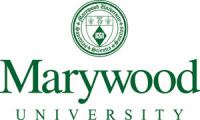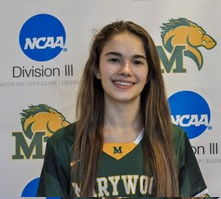Below is a summary of the abstract you submitted. Presenting author(s) is shown in bold.
If any changes need to be made, you can modify the abstract or change the authors.
You can also download a .docx version of this abstract.
If there are any problems, please email Dan at dar78@pitt.edu and he'll take care of them!
This abstract was last modified on May 2, 2018 at 10:21 p.m..

According to the World Health Organization (2015), each year over 480,000 people are infected with multi-drug resistant Tb. Of those people, only about 10% recover. To help combat this problem, Freshman Marywood University undergraduate students dug up bacteriophages, viruses that infect bacteria, from the soil in Northeastern Pennsylvania. Of these 50 soil samples, 17 bacteriophages were isolated. All of these bacteriophages infect Mycobacterium smegmatis, a bacteria related to Mycobacterium tuberculosis. Using Mycobacterium smegmatis as a host bacteria, the bacteria and soil extract was plated on a Luria agar plate, where the phages produced clearings called plaques. Morty007 and Marley1013 were then sent to have their genomes sequenced at the University of Pittsburgh. According to the data provided by the University of Pittsburgh, the phages were both found to be part of the lytic B3 subcluster and siphoviridae family. The number of genes present were also predicted using genome sequencing. Morty007 originally had 106 predicted genes, while Marley1013 had 101 predicted genes. However, after further analysis using various databases provided by the SEA-PHAGE program, which included PhagesDB, NCBI, HHPred and DNA Master, students deleted 5 of Morty007’s genes and 2 of Marley1013’s genes. Furthermore, these databases also provided information about the possible functions of different genes, their common GC content of 67.5%, and only an 11 base pair difference. Through this research, Morty007 and Marley1013 were added to the databases in order to be further analyzed for possible use in phage therapy in the future.

